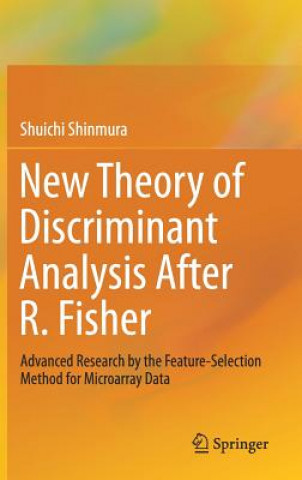
Kód: 13505128
New Theory of Discriminant Analysis After R. Fisher
Autor Shuichi Shinmura
This is the first book to compare eight LDFs by different types of datasets, such as Fisher's iris data, medical data with collinearities, Swiss banknote data that is a linearly separable data (LSD), student pass/fail determinatio ... celý popis
- Jazyk:
 Angličtina
Angličtina - Väzba: Pevná
- Počet strán: 208
Nakladateľ: Springer Verlag, Singapore, 2017
- Viac informácií o knihe

139.57 €

Skladom u dodávateľa v malom množstve
Odosielame za 12 - 17 dní
Potrebujete viac kusov?Ak máte záujem o viac kusov, preverte, prosím, najprv dostupnosť titulu na našej zákazníckej podpore.
Pridať medzi želanie
Mohlo by sa vám tiež páčiť
-
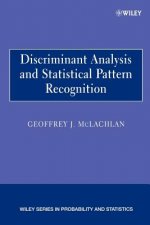
Discriminant Analysis and Statistical Pattern Recognition
214.84 € -
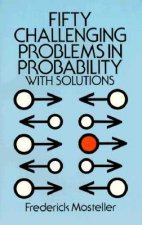
Fifty Challenging Problems in Probability with Solutions
11.77 € -4 % -

Two Corners of Time
18.63 € -

African Kora
18.53 € -

200 Recetas de Pasta
11.36 € -

Recente und im Loess gefundene Landschnecken aus China
22.42 €
Darujte túto knihu ešte dnes
- Objednajte knihu a vyberte Zaslať ako darček.
- Obratom obdržíte darovací poukaz na knihu, ktorý môžete ihneď odovzdať obdarovanému.
- Knihu zašleme na adresu obdarovaného, o nič sa nestaráte.
Viac informácií o knihe New Theory of Discriminant Analysis After R. Fisher
Nákupom získate 345 bodov
 Anotácia knihy
Anotácia knihy
This is the first book to compare eight LDFs by different types of datasets, such as Fisher's iris data, medical data with collinearities, Swiss banknote data that is a linearly separable data (LSD), student pass/fail determination using student attributes, 18 pass/fail determinations using exam scores, Japanese automobile data, and six microarray datasets (the datasets) that are LSD. We developed the 100-fold cross-validation for the small sample method (Method 1) instead of the LOO method. We proposed a simple model selection procedure to choose the best model having minimum M2 and Revised IP-OLDF based on MNM criterion was found to be better than other M2s in the above datasets.§We compared two statistical LDFs and six MP-based LDFs. Those were Fisher's LDF, logistic regression, three SVMs, Revised IP-OLDF, and another two OLDFs. Only a hard-margin SVM (H-SVM) and Revised IP-OLDF could discriminate LSD theoretically (Problem 2). We solved the defect of the generalized inverse matrices (Problem 3). §For more than 10 years, many researchers have struggled to analyze the microarray dataset that is LSD (Problem 5). If we call the linearly separable model "Matroska," the dataset consists of numerous smaller Matroskas in it. We develop the Matroska feature selection method (Method 2). It finds the surprising structure of the dataset that is the disjoint union of several small Matroskas. Our theory and methods reveal new facts of gene analysis.§§
 Parametre knihy
Parametre knihy
Zaradenie knihy Knihy po anglicky Society & social sciences Sociology & anthropology Sociology
139.57 €
- Celý názov: New Theory of Discriminant Analysis After R. Fisher
- Podnázov: Advanced Research by the Feature Selection Method for Microarray Data
- Autor: Shuichi Shinmura
- Jazyk:
 Angličtina
Angličtina - Väzba: Pevná
- Počet strán: 208
- EAN: 9789811021633
- ISBN: 9811021635
- ID: 13505128
- Nakladateľ: Springer Verlag, Singapore
- Hmotnosť: 4675 g
- Rozmery: 235 × 155 × 17 mm
- Dátum vydania: 06. January 2017
Obľúbené z iného súdka
-

Sex at Dawn
13.71 € -21 % -

Death and the Afterlife
18.83 € -22 % -
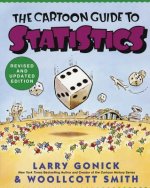
Cartoon Guide to Statistics
19.45 € -16 % -

Why Love Hurts - A Sociological Explanation
18.63 € -

Past Mortems
10.13 € -23 % -

Basic and Advanced Focus Groups
43.10 € -9 % -

Fair Play Deck
20.47 € -9 % -

Intimate Communion
13.81 € -20 % -

Tragedy and Hope
44.43 € -

Small Is Beautiful
11.15 € -23 % -

More Than Two
25.28 € -18 % -
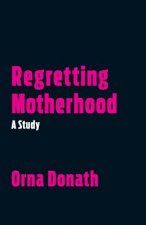
Regretting Motherhood
15.76 € -9 % -

Social Intelligence
14.43 € -23 % -

True Believer
14.22 € -23 % -

Art of Community: Seven Principles for Belonging
19.24 € -21 % -

NINETY PERCENT OF EVERYTHING
18.63 € -6 % -

Reassembling the Social
53.34 € -

Family and Civilization
22.93 € -6 % -

Book of Tea
10.13 € -23 % -

Building and Dwelling
14.63 € -24 % -

Constructing Grounded Theory
52.63 € -

Surrendered Wife
11.15 € -23 % -

Of Woman Born
15.25 € -16 % -

Cruel Optimism
27.33 € -6 % -

Death and the Afterlife
32.04 € -

What Kinship Is-And Is Not
19.45 € -17 % -

Social History of Sexual Relations in Iran
60.21 € -

Post-Adoption Blues
18.63 € -

Dissecting the Danchi
152.17 € -

Birth Of A Mother
22.42 € -

New Old Fashioned Ways
17.09 € -2 % -

Platform Society
40.65 € -

Death Tourism
40.75 € -

Secret Meaning of Money - How to Prevent Financial Problems from Destroying Our Most Intimate Relationships
41.46 € -

Braving the Wilderness
8.69 € -21 % -

Eroticism
12.28 € -23 % -

Marriage, a History
18.53 € -13 % -

Bushido the Soul of Japan
11.46 € -

Intercourse
15.56 € -23 % -

Ideology and Utopia
19.14 € -

Population Control
14.43 € -23 % -

Class Ceiling
13.10 € -10 % -

Chrysanthemum and the Sword
18.94 € -

Smoke Gets in Your Eyes
10.23 € -24 % -

Sociology: A Very Short Introduction
10.13 € -23 % -

Being Mortal
13.81 € -1 % -

Theory of the Leisure Class
12.28 € -23 % -

Social Construction of Reality
12.28 € -23 % -

Bushido: The Soul Of Japan
17.30 € -15 %
Osobný odber Bratislava a 2642 dalších
Copyright ©2008-24 najlacnejsie-knihy.sk Všetky práva vyhradenéSúkromieCookies


 21 miliónov titulov
21 miliónov titulov Vrátenie do mesiaca
Vrátenie do mesiaca 02/210 210 99 (8-15.30h)
02/210 210 99 (8-15.30h)